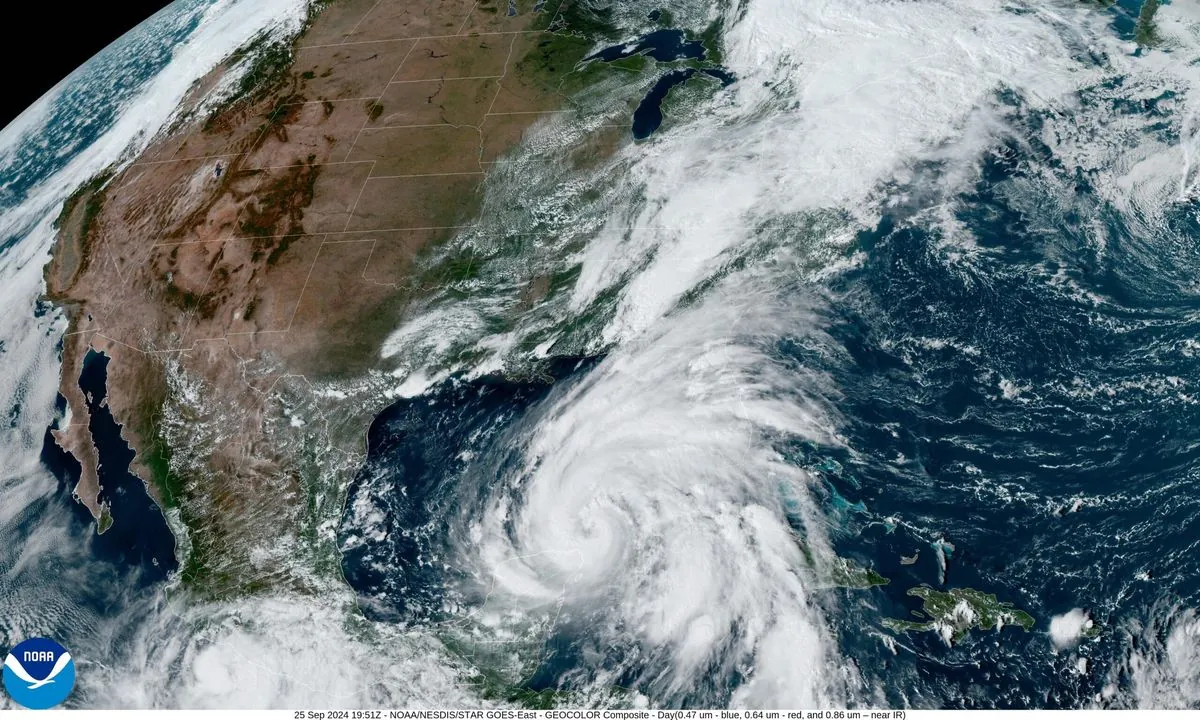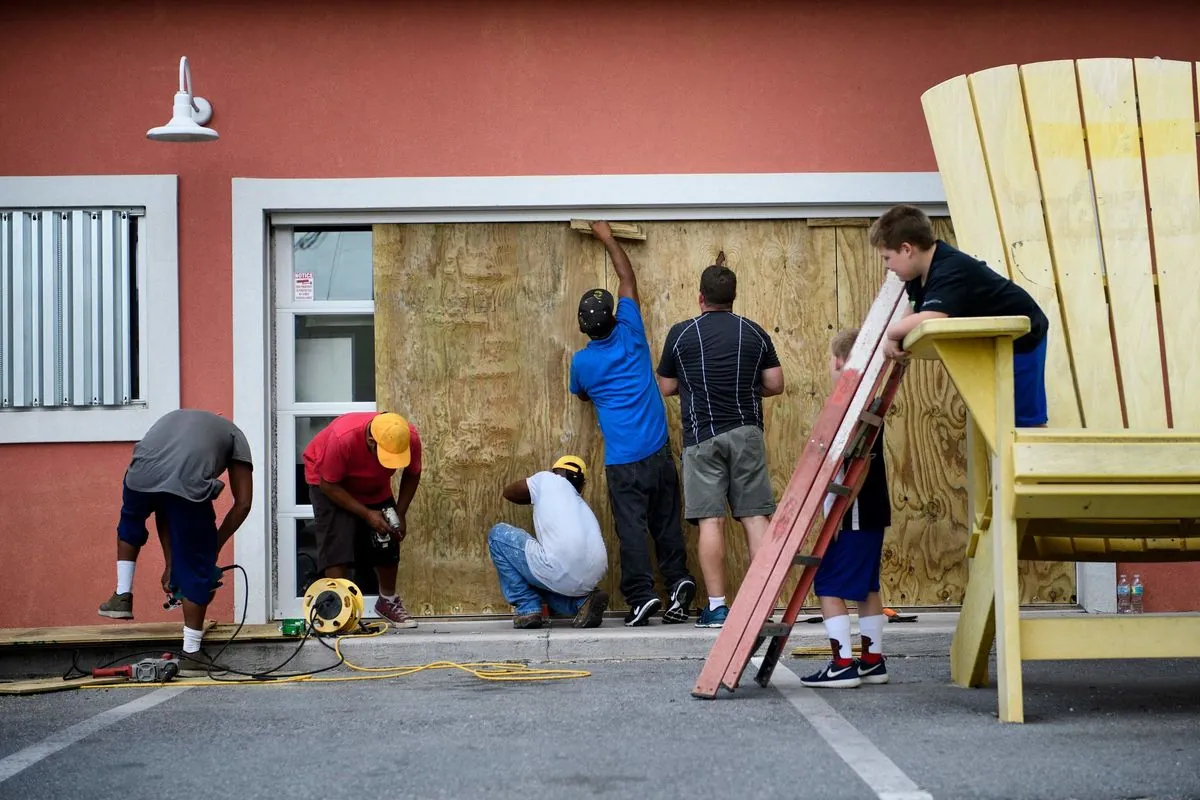Powerful Hurricane Helene Threatens Florida with Catastrophic Storm Surge
Hurricane Helene approaches Florida's Gulf Coast, prompting evacuations and emergency declarations. Forecasters warn of life-threatening storm surge, damaging winds, and inland flooding across the southeastern US.

As of September 26, 2024, Hurricane Helene is rapidly advancing across the Gulf of Mexico, posing a significant threat to Florida's northwestern coast. The National Weather Service has issued severe warnings for an potentially catastrophic storm surge, damaging winds, and widespread flooding that could extend hundreds of miles inland across the southeastern United States.
Forecasters expect Helene to intensify into a major hurricane, reaching Category 3 or higher on the Saffir-Simpson Hurricane Wind Scale, before making landfall on Florida's northwestern coast this evening. Hurricane warnings and flash flood alerts have been extended far beyond the coast, reaching into south-central Georgia.
The governors of Florida, Georgia, and the Carolinas have declared states of emergency in preparation for the storm's impact. The National Weather Service in Tallahassee has predicted storm surges of up to 6 meters (20 feet) in Florida's Apalachee Bay, describing the potential scenario as "catastrophic and life-threatening."
Mandatory evacuation orders have been issued in several counties along Florida's Gulf Coast, including Wakulla County. School districts and universities in the region have canceled classes as a precautionary measure.

As of early Thursday, Helene was located approximately 680 kilometers (425 miles) southwest of Tampa, moving northward at 15 km/h (9 mph) with maximum sustained winds of 137 km/h (85 mph). The National Hurricane Center anticipates that Helene will strengthen further, potentially reaching wind speeds exceeding 177 km/h (110 mph).
While the hurricane is expected to weaken as it moves inland, its rapid forward speed may allow strong, damaging winds to penetrate well into the southeastern United States, including the southern Appalachian Mountains. Tropical storm warnings have been issued as far north as North Carolina, with forecasters cautioning about prolonged power outages, fallen trees, and dangerous flooding across much of the region.
Helene's formation marks the eighth named storm of the 2024 Atlantic hurricane season, which began on June 1. The National Oceanic and Atmospheric Administration had predicted an above-average season due to record-warm ocean temperatures.
"This forecast, if realized, is a nightmare surge scenario for Apalachee Bay. Please, please, please take any evacuation orders seriously!"
Hurricane researcher Phil Klotzbach from Colorado State University noted that Helene is forecast to be one of the largest storms in breadth to hit the region in years. Since 1988, only three Gulf hurricanes - Irma (2017), Wilma (2005), and Opal (1995) - were larger than Helene's predicted size.
The potential impact on inland areas is a significant concern. University of Georgia meteorology professor Marshall Shepherd stated that for Atlanta, Helene could be the most severe strike on a major Southern inland city in 35 years.
Federal authorities have pre-positioned generators, food, water, and search-and-rescue teams in anticipation of the storm's aftermath. The widespread nature of the threat has prompted preparations across multiple states, with residents stocking up on essential supplies and securing their properties.
As Helene approaches, it's crucial to remember that the Atlantic hurricane season typically runs from June 1 to November 30. The naming of hurricanes became standardized in the early 1950s, helping to streamline communication about these powerful storms. Climate change is expected to increase the intensity of hurricanes over time, making preparedness and early warning systems more critical than ever.
While all eyes are on Helene, other tropical storm activity continues in the Atlantic and Pacific. Tropical Storm Isaac has formed in the Atlantic and is expected to strengthen as it moves eastward. In the Pacific, former Hurricane John has reformed as a tropical storm and is threatening areas of Mexico's western coast.
As communities brace for Helene's impact, it's important to heed local authorities' warnings and evacuation orders. The storm's effects may be felt far beyond the immediate coastal areas, with the potential for inland flooding, tornadoes, and widespread power outages. Stay informed, stay safe, and be prepared for what could be a historic weather event in the southeastern United States.


































